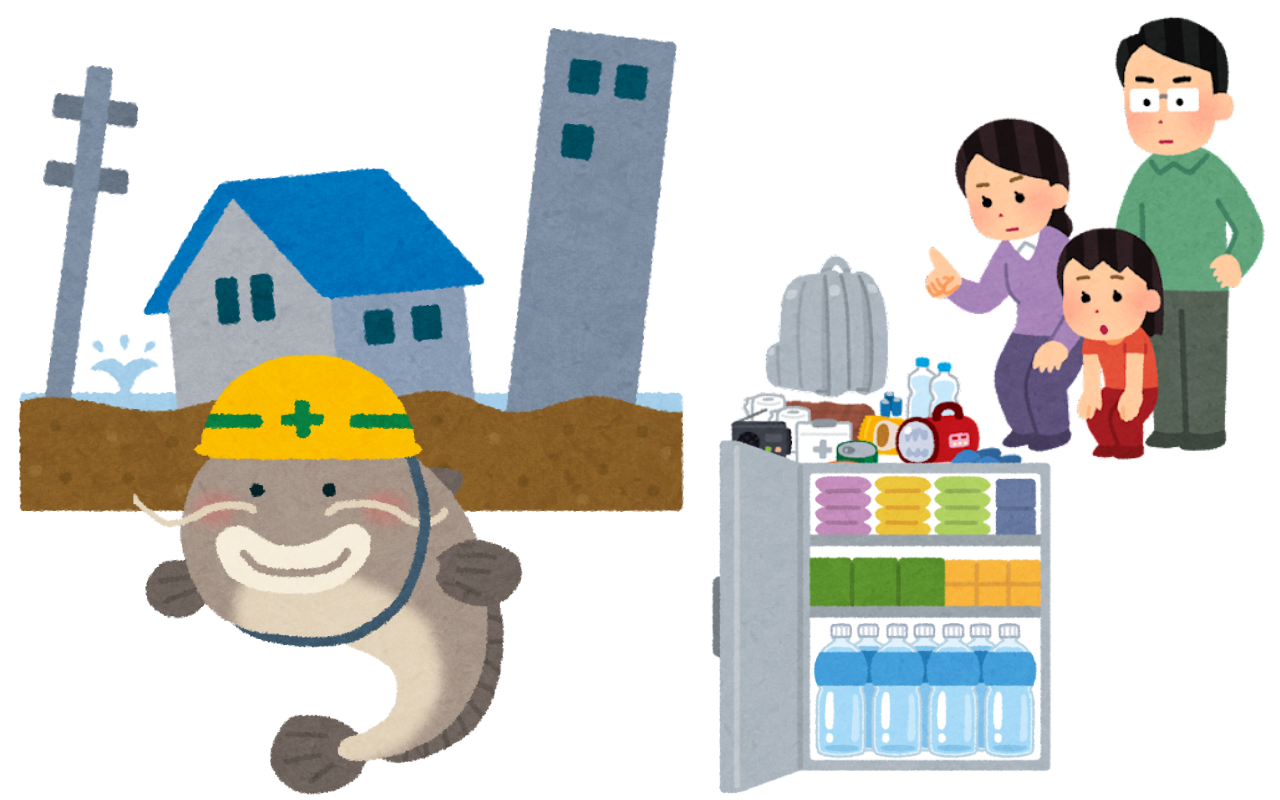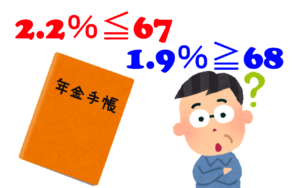
One thing that Japan and the Philippines have in common is that natural disasters are very common.
Last night, a magnitude 5.1 earthquake hit the northern part of Leyte.
So far, there seems to be no major damage.
On October 15, 2013, a major magnitude 7.2 earthquake hit Bohol, Cebu's eastern neighbor, killing more than 200 people.
Last year, earthquakes with a magnitude of over 6 on the Richter scale occurred in and around Luzon Island in July and October, so even if you move to the Philippines, you will need to be reasonably prepared for earthquakes.
Japan's earthquakes are characterized by their large scale compared to those in the Philippines.
The images of the East Japan Pacific Earthquake and tsunami were broadcast around the world, but the damage from the Nankai Trough earthquake, which is almost certain to occur in the five years before and after 2030, will be beyond imagination.
A major earthquake directly under the Tokyo metropolitan area could occur at any time. An eruption of Mt Fuji.
While heavy rains and typhoons can be predicted in advance and we can make reasonable preparations, earthquakes happen suddenly and we cannot do anything to prepare ourselves.
The least we can do is to stockpile food and water and prepare a portable toilet.
We have stocked up on portable toilets, water, canned food, and gas canisters, and we have newly purchased Alpha Rice, Calorie Mate, and Western-style kanbakan. With these supplies, we should be able to manage for 5-6 days.
However, if a Nankai Trough earthquake, an earthquake directly under the Tokyo metropolitan area, and the eruption of Mt. Fuji
Aside from the geopolitical risks of China, North Korea, and Russia, Japan is also at risk of massive natural disasters.
In this light, Japan must be the most dangerous country in the world.









